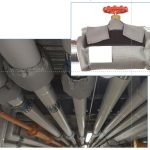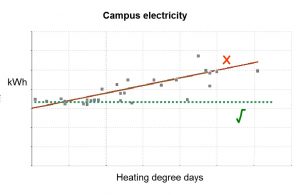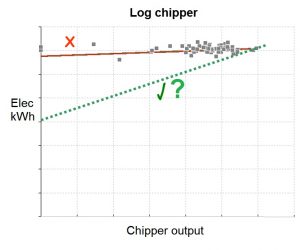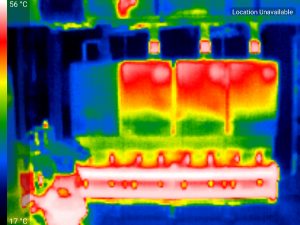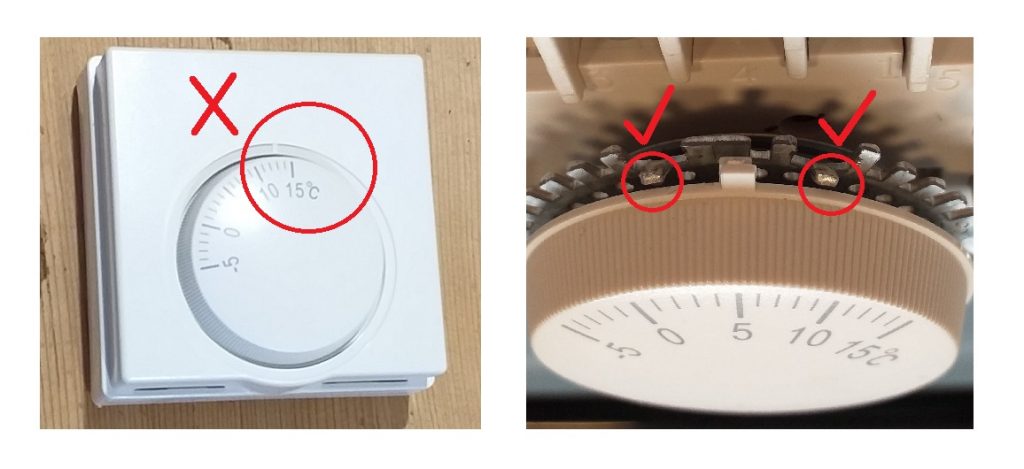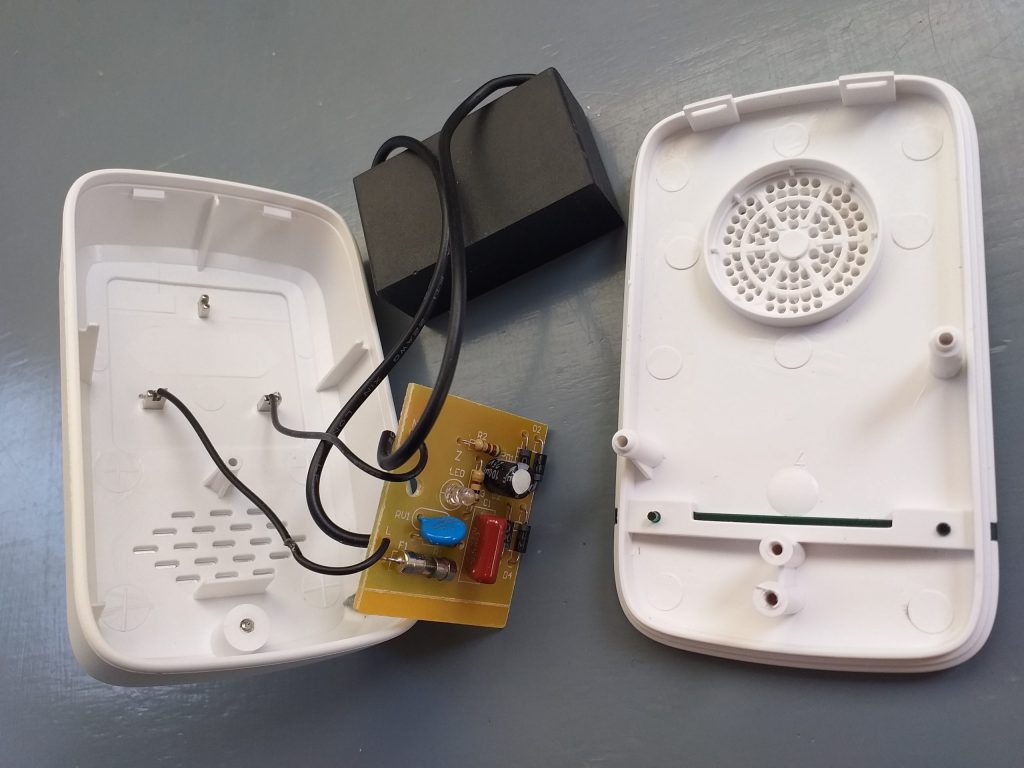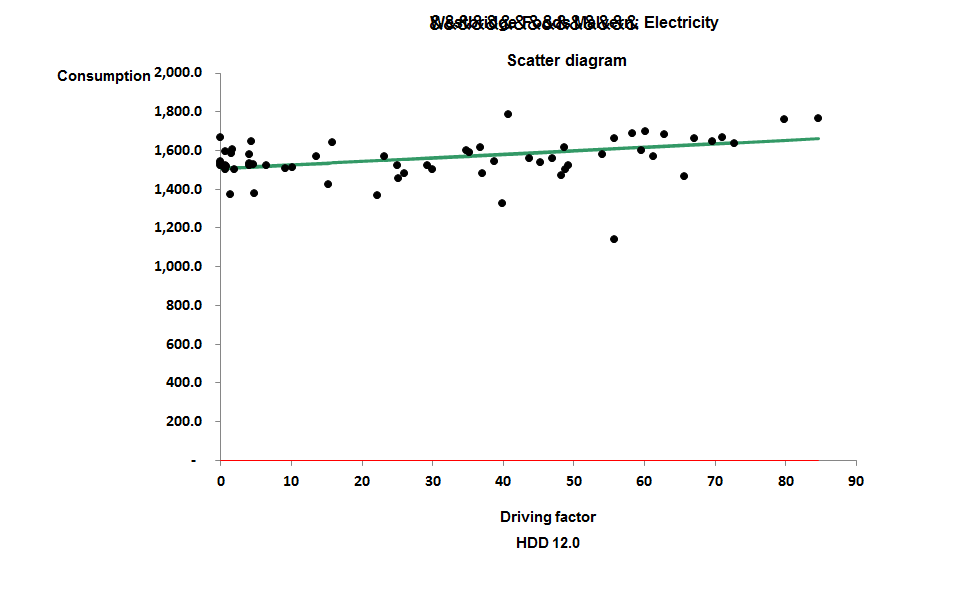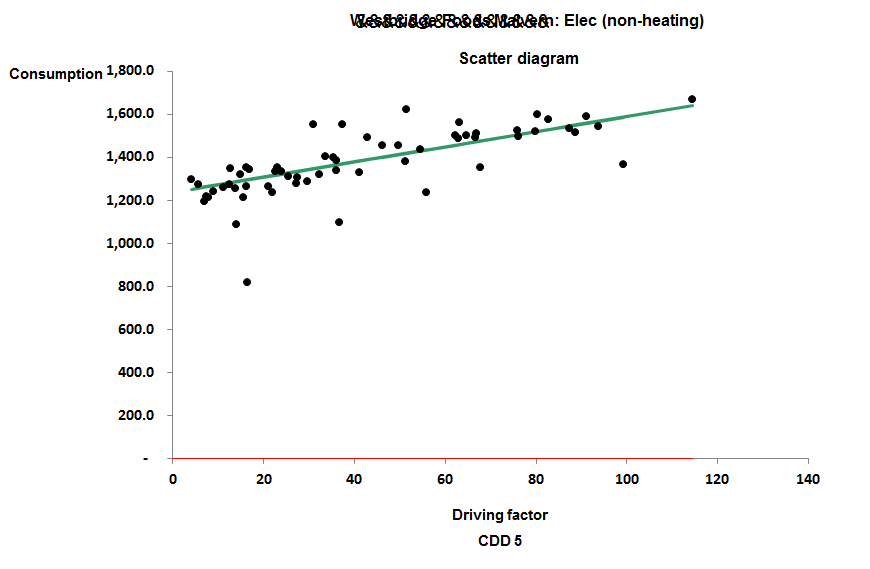DATELINE 1 APRIL, 2022: Thanks to reader John S., who alerted me to a company which has been trying to raise finance to develop an alternating-current (AC) rechargeable battery technology based on its concept of a ‘biode’, a battery electrode that switches continually between being an anode and cathode. While an AC battery is an intriguing concept in its own right, it is the application to mains supplies that interests me more.
Because the electrons in an AC supply continually flow into and out of the load, rather than continuously in the same direction as with DC, the cumulative net current flow over a given time interval is actually zero. The only reason that energy is consumed is that the voltage also alternates: power is voltage times current, and negative voltages multiplied by negative currents give positive power. But what if one adapted the biode principle for mains power? If you were to blend DC voltage with alternating current you would get alternating power, with the customer feeding back as much energy to the grid as they absorbed, 50 times a second (when negative current is multiplied by positive voltage).
At the power station this blended alternating/direct (BAD) supply could cause problems because obviously the returning energy is never going to recombine CO2 from the atmosphere into fuel (that’s entropy for you). Admittedly a wind turbine for example might be more reversible, and here the returning power could perhaps be absorbed with the blades working half the time as a fan. However, there is another possibility. If we think about existing three-phase AC distribution networks they already work with a net current flow of zero, which is why a star-connected load does not need a neutral wire. That gives us the germ of an idea. If BAD distribution systems were two-phase rather than three-phase, half the loads could be on one phase and half on the other, and they would take turns to feed each other. Alternatively, by dropping the AC frequency to 0.00001157 Hz (one cycle per day) and adopting seven-phase distribution, you could spread the load between customers over the course of a week.
These ideas are going to need massive investment, and eliminating power stations would occasion huge disinvestment, but this dichotomy is entirely in line with the “net zero power” philosophy I have described. Alongside the technical breakthrough we can expect major innovations in financing, also based loosely on the biode principle: novel bank deposits that fluctuate between credit and debit but average at nil (so-called alternating current accounts). I shared these thoughts with Extinction Rebellion (motto: “stick the man to it”) and they confirmed it makes net zero sense.
